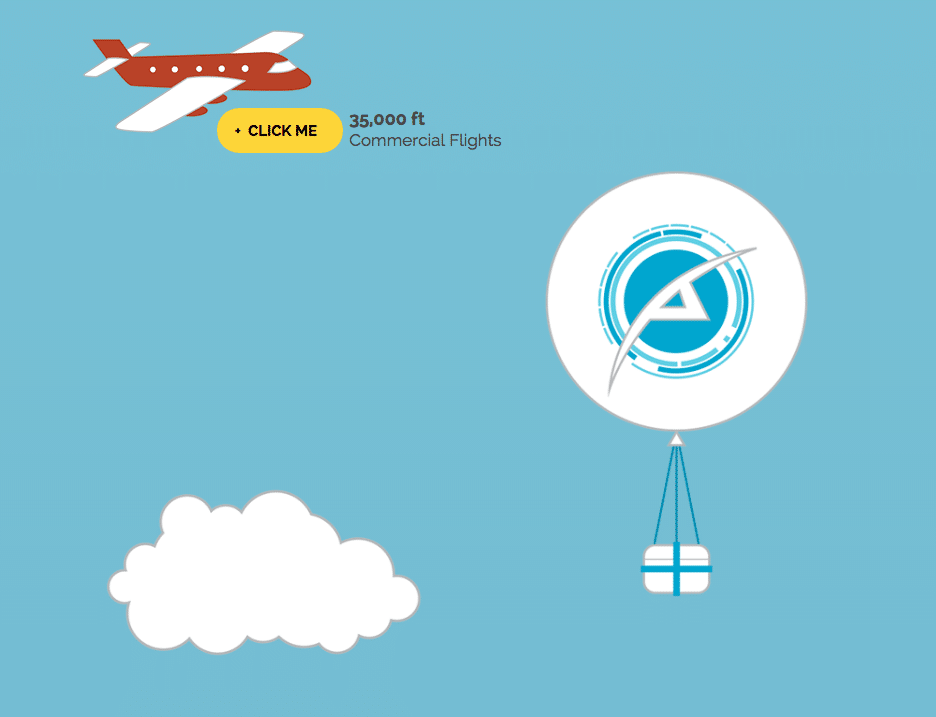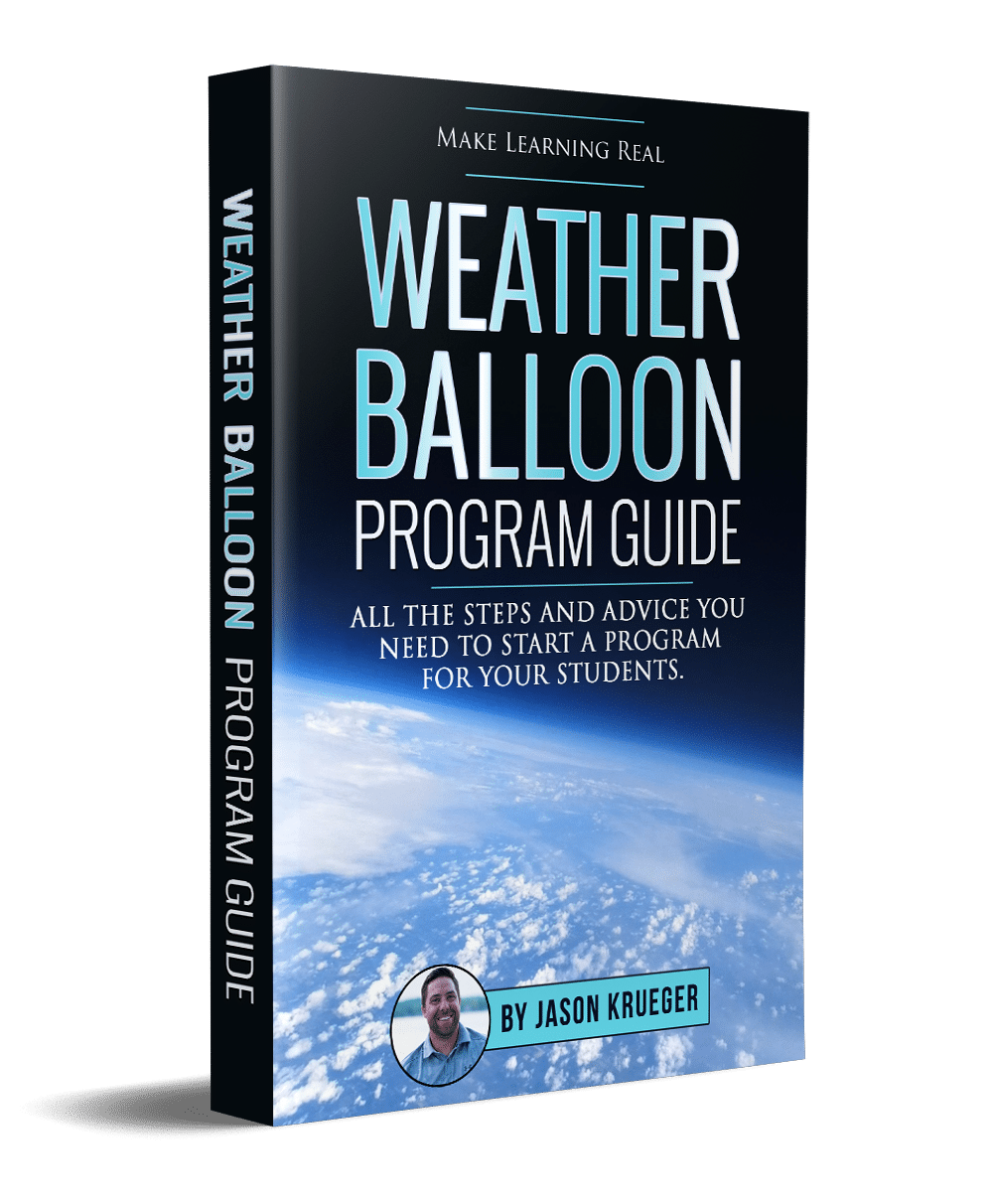High altitude science experiments provide the perfect learning opportunity for your students. Not only will 
Learning by actually doing not just hypothesizing.
Formulating theories is great and can teach students important aspects of the scientific process, but actually testing those theories is even better. High altitude science projects with StratoStar always include a discovery process as the first step. We can help you and your students take whatever you’re learning about, examine it on a deeper level, and then hypothesize about the effects of near-space on an experiment that relates to your studies.
Designing and building an experiment for hands-on learning.
After your students have formalized those theories and hypotheses about their experiments and the edge of space, it’s time to design and build the experiments. At StratoStar, we make sure our systems can be customized and engineered for your students. The experiments will be placed in our payload boxes that are specially designed to withstand the edge of space environment.
Planning the mission provides students with an inside look at high altitude science.
With a StratoStar weather-balloon mission, you and your students step into the role of mission control. You’ll plan the entire mission from launch to recovery. We’ll walk you through the necessary steps of finding a launch site, tracking the experiment, and planning the recovery.
Launching the balloon and experiment together is exciting for everyone.
On the day of the launch, your students will get a close up view of everything. We’ll perform a systems check, review the recovery plan, then send the balloon to the edge of space. This is all about tracking the balloon as it floats above the atmosphere and into the edge of space. Students will love watching their experiment take off!
Learning becomes even more hands-on when you track and recover the balloon.
Students will be able to track the balloon and their experiment as it soars higher and higher. During the ascent, the system will also record data that can be analyzed later. The balloon will eventually burst and float back down to the ground, but students will be able to track it as it does so. A recovery team will also be tracking the descent and will go out to actually recover the balloon and your experiment.
Analyzing and presenting the data gives student a deeper look at the information.
When the experiment is safely back on the ground, students can start analyzing all of the data collected. They will start to discover all of the answers to their original questions. With their answers in hand, they can formalize a presentation to show their understanding of the scientific process using their experiment that flew all the way to the edge of space.
Want to learn how you can launch a high altitude weather balloon with your class? StratoStar would love to discuss the details with you! You can schedule a 10 minute phone call with us whenever you want. In the meantime, be sure to launch a virtual balloon with your class!.



